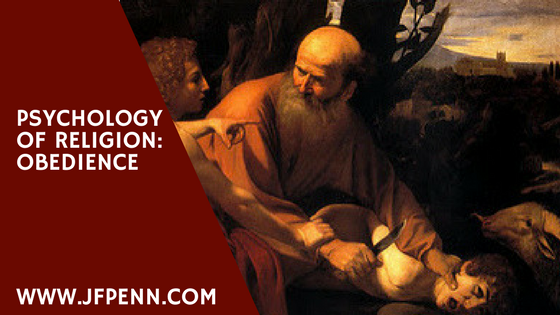

I used Abraham's Biblical agreement to sacrifice Isaac (Genesis 22), the assassination of Yitzhak Rabin (1995) and the experiments of Stanley Milgram as part of my argument. Clearly these thoughts have stayed with me as they became the foundations of my novel Prophecy.
Stanley Milgram's Obedience to Authority Experiments
This video gives you a good overview of the basic experiment which was replicated by Milgram all over America with all different strata of society. You may find it disturbing but remember the physical pain isn't real. What is real is how the ‘teacher' reacts. Even when they protest, they still continue once urged by an authority figure. Even when the subject is screaming ‘Let me out', they continue. I first heard about this experiment when I was 18 and it has stuck with me. The vast majority of people would behave in the same way. That is a sobering thought when you consider the atrocities done because an authority orders it.
Milgram's experiment Part 2 (video)
Milgram's experiment Part 3 (video)

If you want to investigate this area further, I highly recommend ‘The Lucifer Effect: Understanding How Good People Turn Evil‘ by Philip Zimbardo (Amazon affiliate link). This goes into the detail of the Stanford Prison Experiment as well as Milgram's work and discusses the ways in which normal people de-humanize to commit evil. Wearing masks is a critical part of mob violence which I also used in the Sedlec child murder scene. There is more information at LuciferEffect.com.
On Abraham and Isaac's sacrifice, you might find Soren Kierkegaard ‘On Fear and Trembling‘ interesting. (Amazon affiliate link)
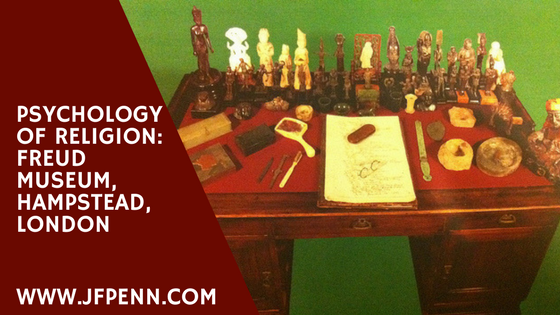


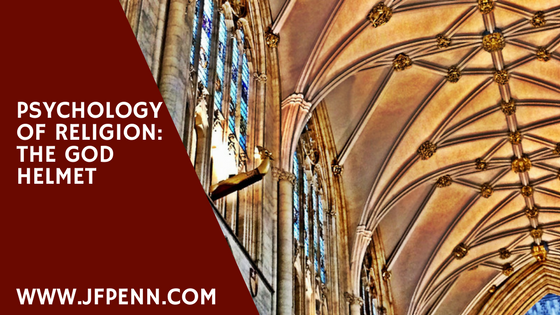

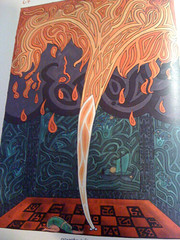
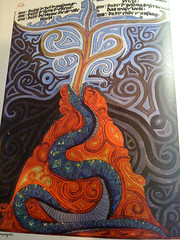 Morgan frowned and said, “I don’t remember Pentecost mentioned specifically, but
Morgan frowned and said, “I don’t remember Pentecost mentioned specifically, but
